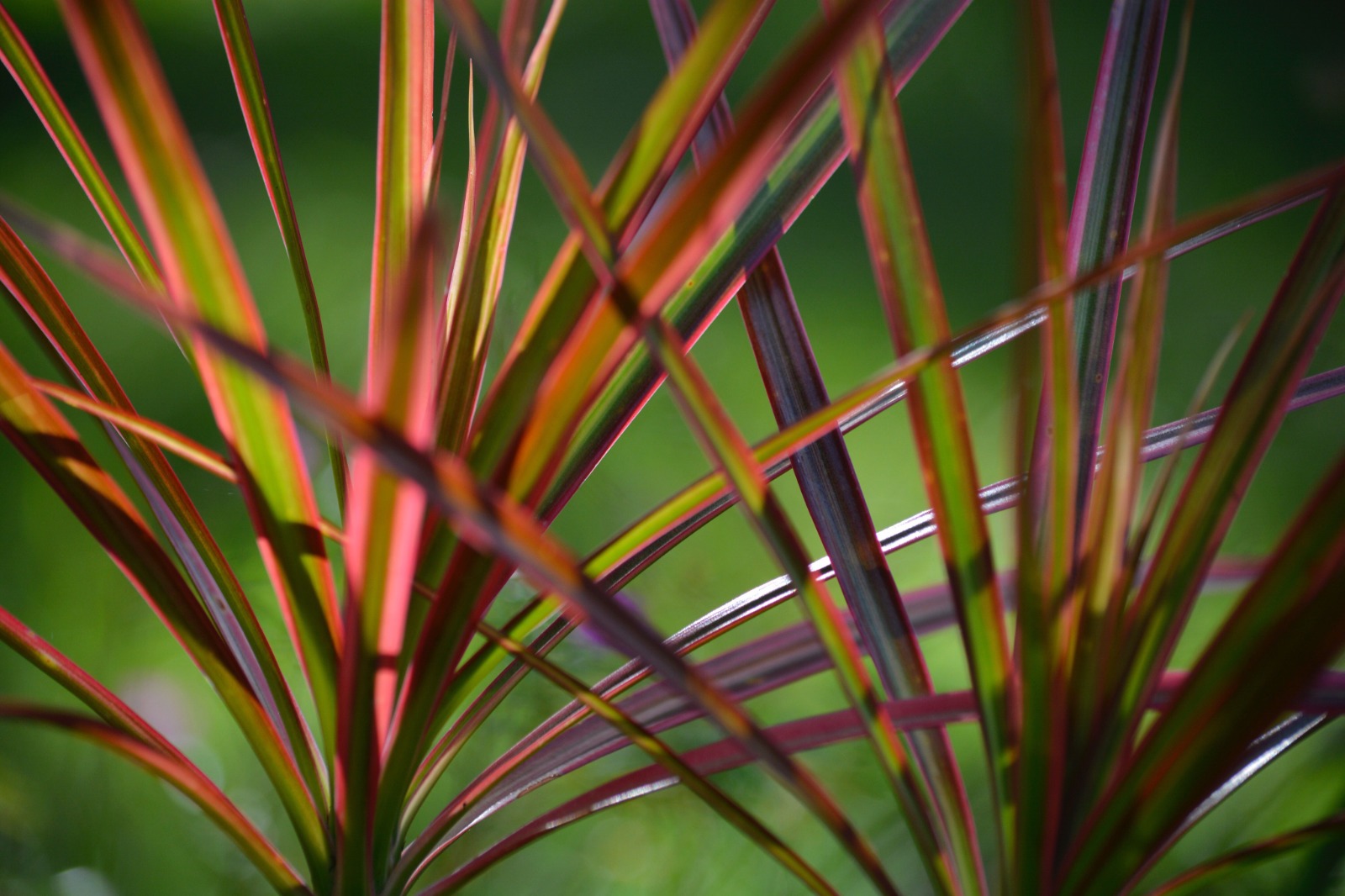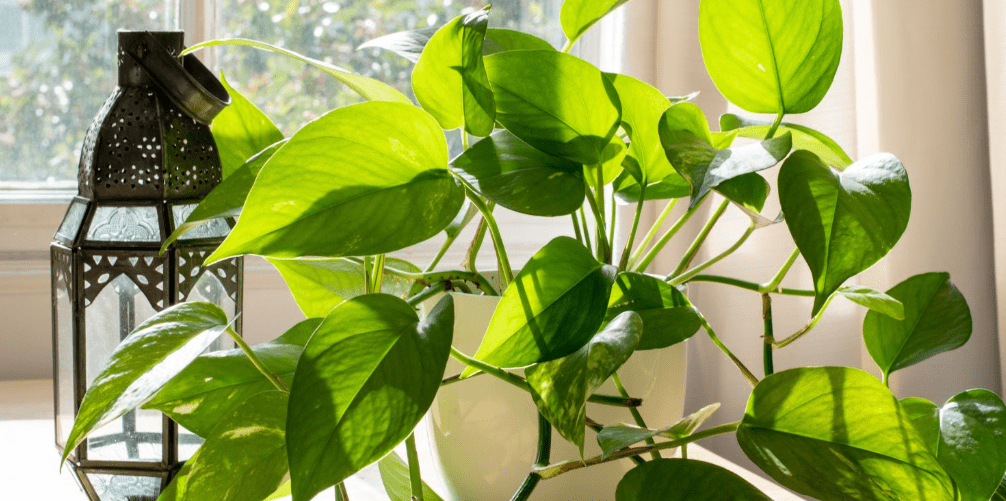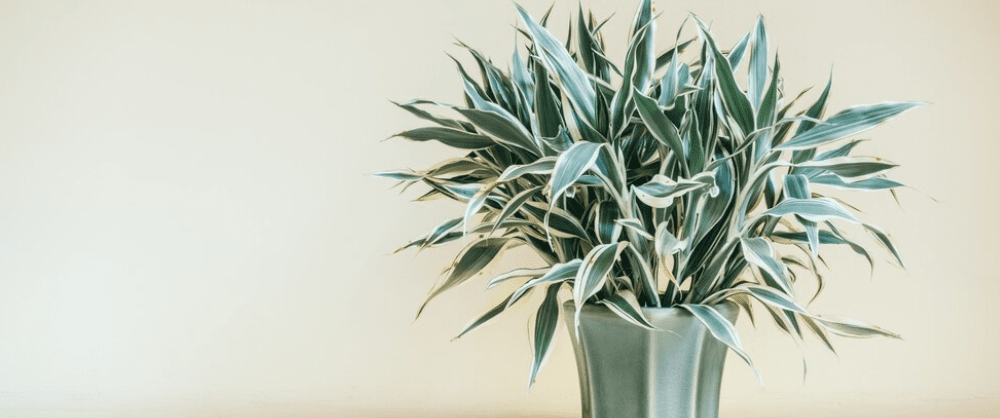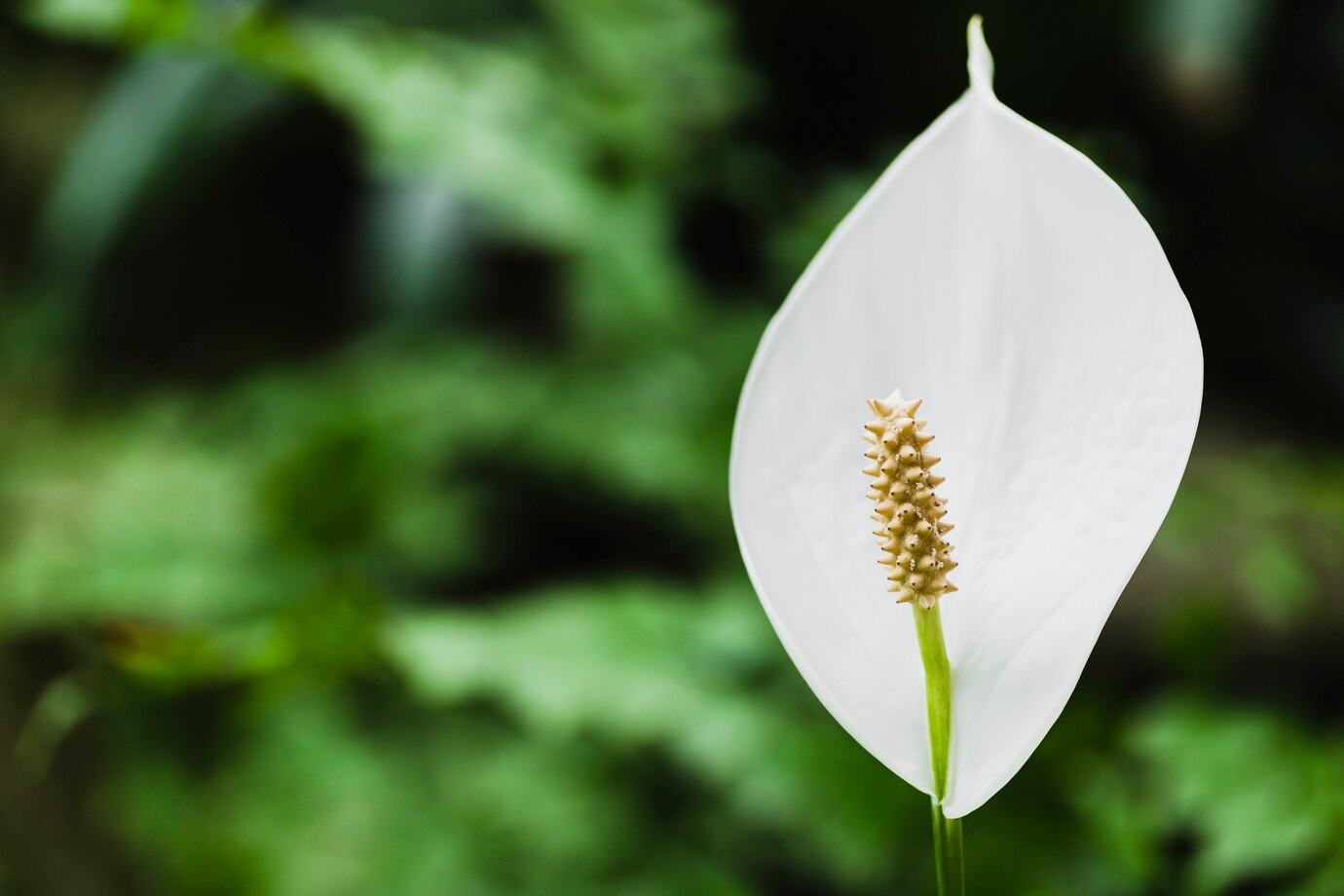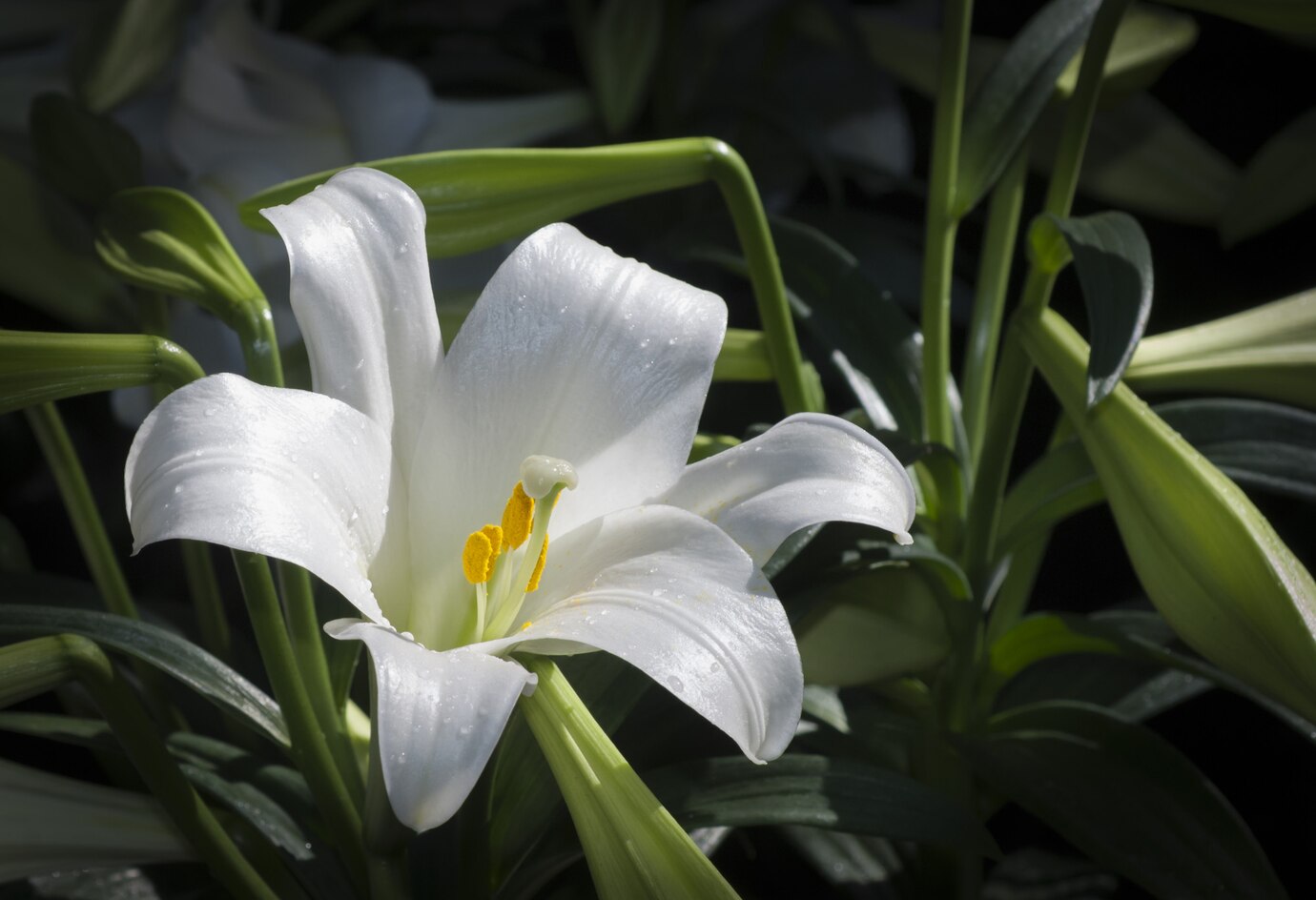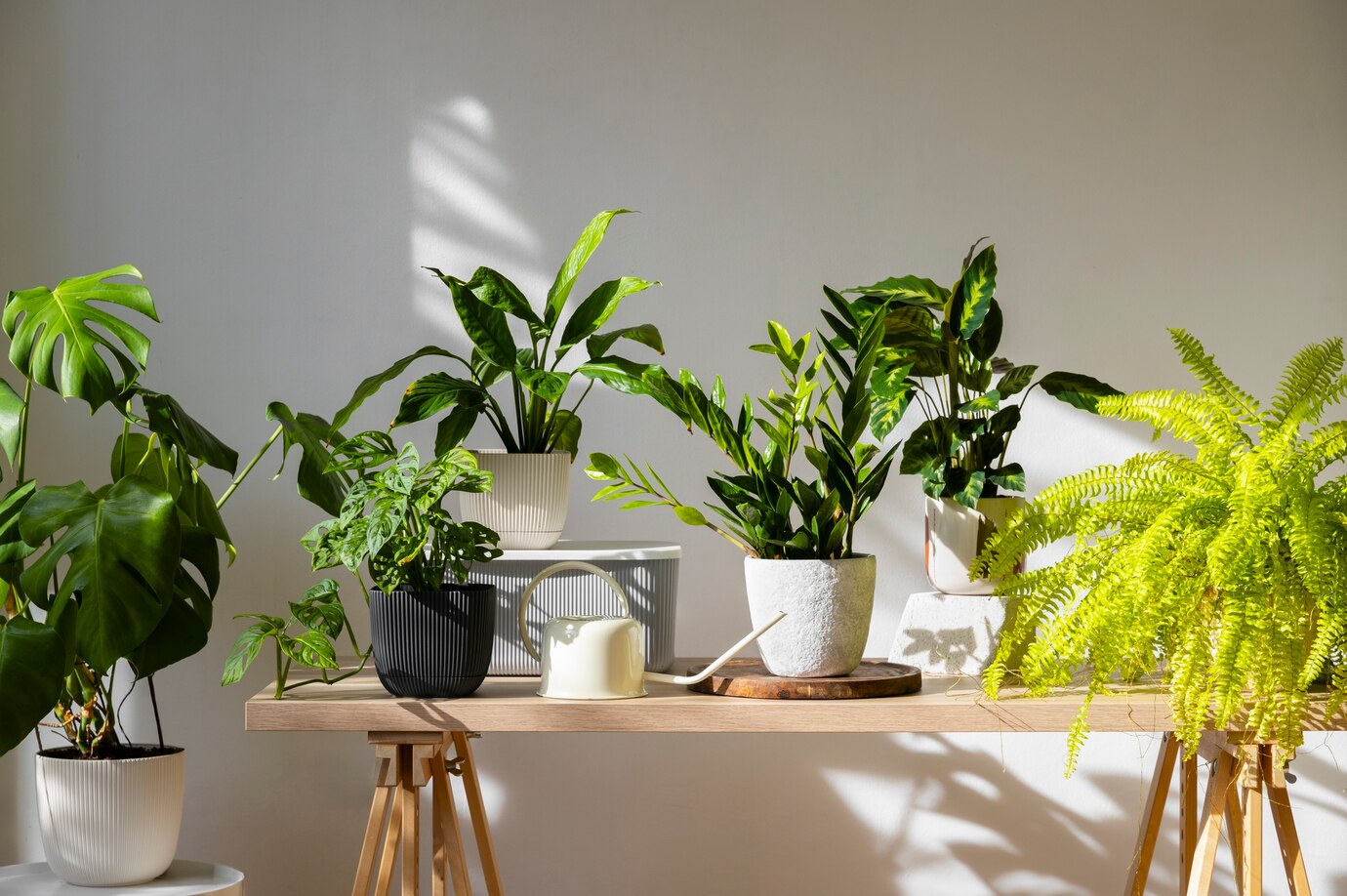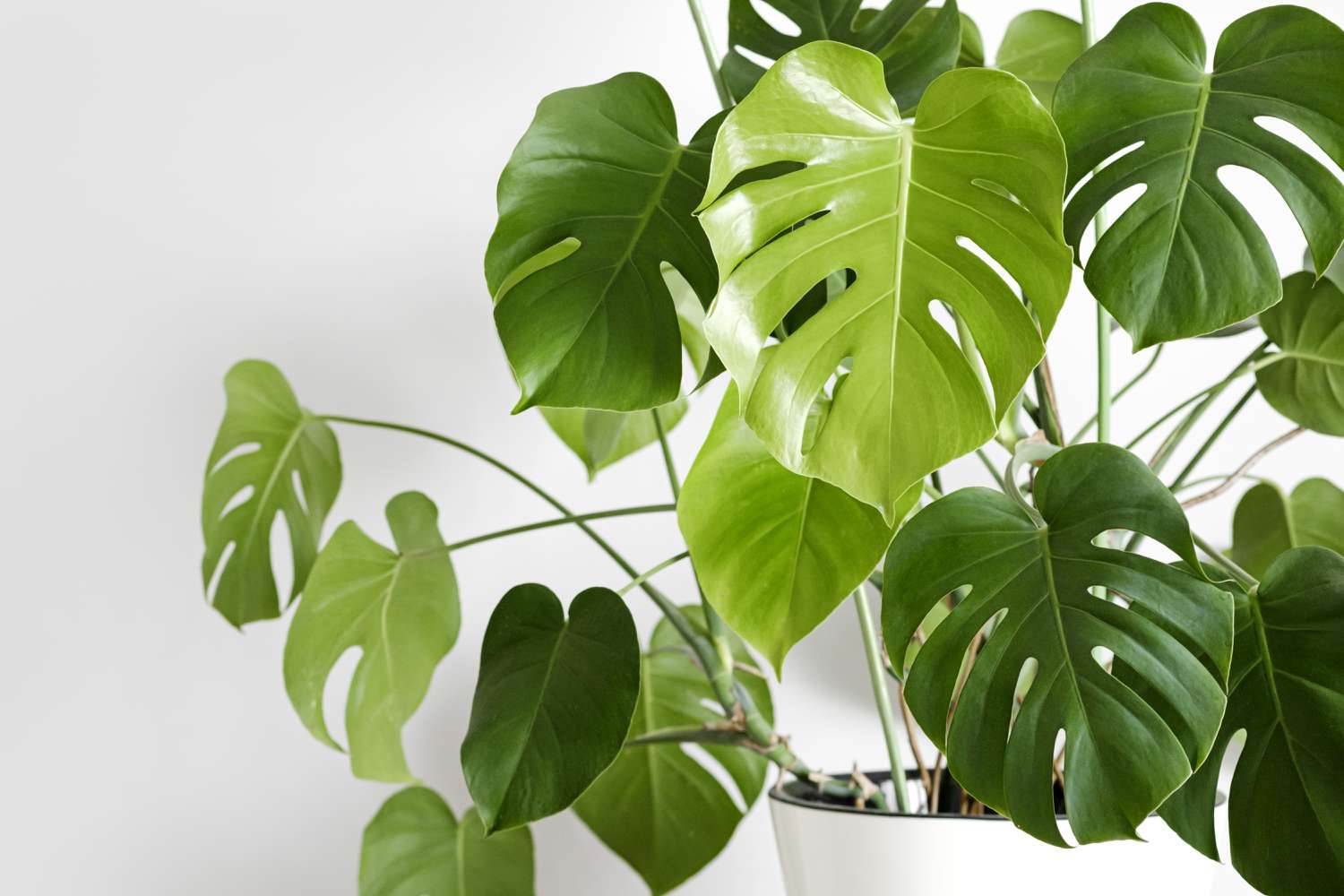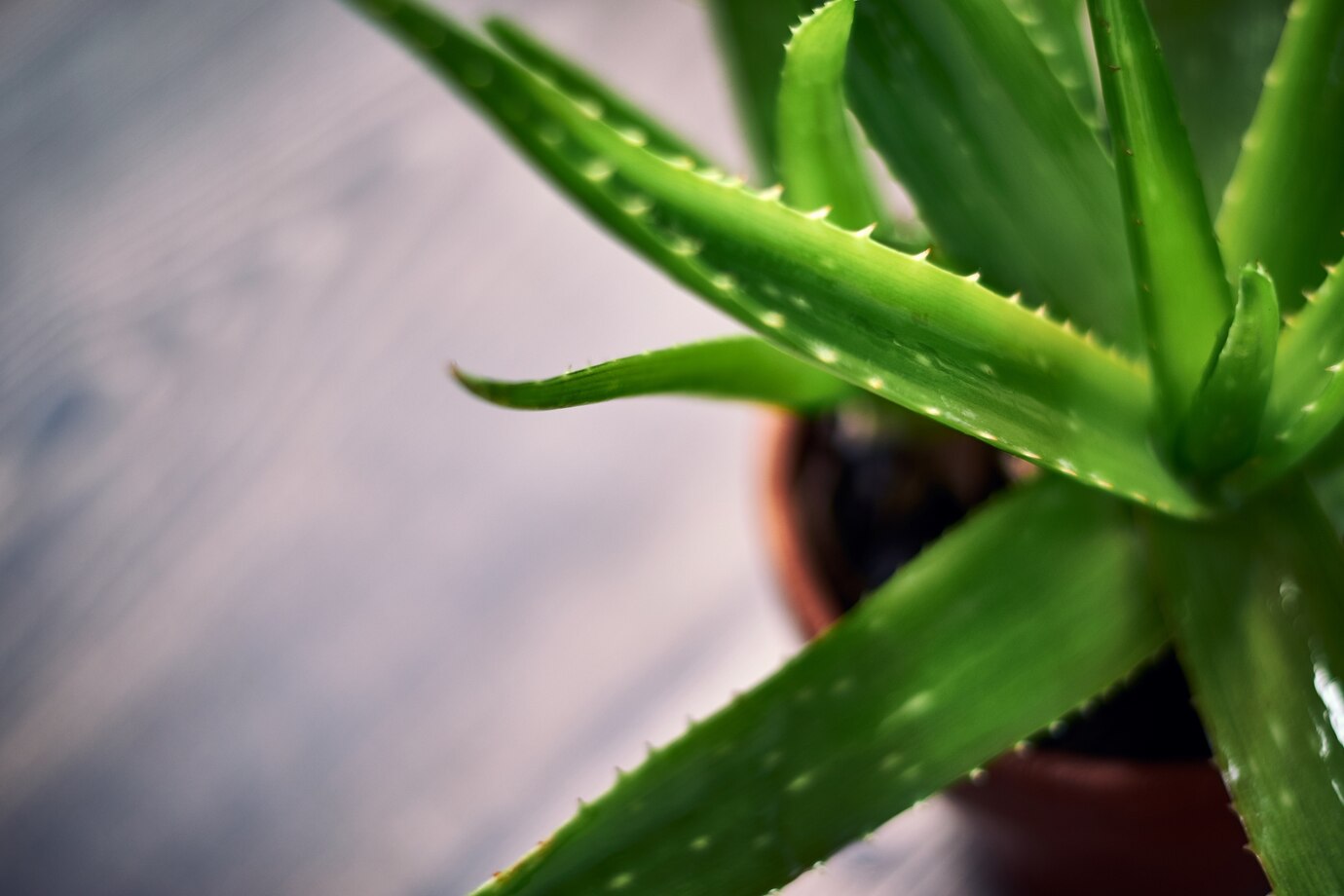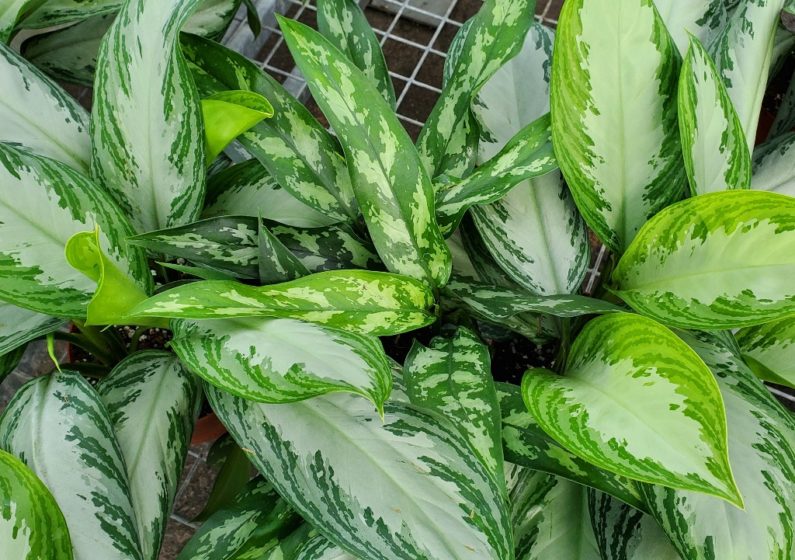The dragon tree, also known as the red-edged Dracaena (Dracaena marginata), is a striking indoor plant characterized by its tall, slender form and green, sword-shaped leaves edged in red. It is native to Madagascar and is an ideal choice for beginners. It’s low-maintenance, drought-resistant, and almost impossible to kill.
Although it grows slowly and may take years to reach a few feet in height, it can eventually reach up to 20 feet. Indoors, it’s typically kept trimmed to around 6 feet and thrives as a potted houseplant.
Keep in mind that red-edged Dracaena is toxic to pets if eaten, so place it out of reach of cats and dogs.
Table of Contents
ToggleRed Edged Dracaena Tips for Beginners
Where to Place It:
Choose a location with bright to medium indirect sunlight. Excessive sun can burn the leaves, while too little light may slow its growth.
How to Water It:
Since dragon trees are drought-tolerant, water them deeply but infrequently, about once every three weeks. Always let the top inch of soil dry before watering again.
Best Soil Type:
Plant your dragon tree in a loose, well-draining potting mix. A blend designed for houseplants or one with added perlite or sand will help prevent root rot and keep the plant healthy.
How to Grow Red-Edged Dracaena
Here’s how to grow red-edged Dracaena indoors:
Choosing a Location
If you’re exploring how to grow red-edged Dracaena, start by selecting the right spot. This plant thrives in bright, indirect sunlight, making it ideal for well-lit indoor areas. If placing it outdoors, be mindful that harsh sunlight or extreme weather can affect its growth.
Soil Preparation
Use a well-draining potting mix that prevents water from pooling around the roots. A soil pH between 6.0 and 7.0 promotes healthy, vibrant foliage.
Planting Techniques
Choose a pot that’s at least 10–12 inches wide to give your red-edged Dracaena ample room to grow. When planting, position the root ball so it sits level with the soil surface to encourage strong root development.
Watering
Water your Red-Edged Dracaena when the top inch of soil feels dry to the touch. Keep an eye out for signs of overwatering; yellow leaves are a common sign. On the other hand, drooping leaves may indicate the plant needs more water.
Fertilizing
Nourish your plant using a balanced liquid fertilizer every 4 to 6 weeks during the growing season. It will help promote strong, healthy growth.
Pruning
Trim your Dracaena in early spring to maintain its shape and keep it looking fresh. Remove any dead, damaged, or yellowing leaves to encourage fresh growth and improve its overall appearance.
Ongoing Care Tips
Inspect your plant regularly for pests or disease so you can address any problems early. As the seasons change, adjust your care routine to suit your Dracaena’s evolving needs. This helps ensure it stays healthy and vibrant year-round.
With these simple care tips, you’ll be well-equipped to grow a lush and thriving Red-Edged Dracaena.
Propagation
From Cuttings
Propagating Red-Edged Dracaena through stem cuttings is a beginner-friendly and straightforward process. Begin by selecting healthy stems that are approximately 4 to 6 inches long. Make a clean and precise cut just below a leaf node.
Prepare a rooting mix using equal parts peat and perlite. This mixture provides the ideal balance of drainage and airflow to support healthy root development. Place the cuttings in the mix and keep the medium consistently moist, but avoid overwatering. With proper care, roots should start to form within 2 to 4 weeks.
From Division
Dividing your Red-Edged Dracaena is another reliable method for propagating the plant. The ideal time to do this is during spring, when the plant is actively growing. Gently separate the clumps, ensuring the root systems remain intact. Once divided, replant each section in fresh, well-draining soil to encourage healthy new growth.
From Seeds
If you’re up for a more advanced challenge, propagating from seeds is also possible. Begin by soaking the seeds in water for 24 hours to boost germination. Provide a warm, humid environment to support sprouting. Germination generally occurs within 2 to 3 weeks, so patience is key.
Lifecycle
The Red-Edged Dracaena is a perennial plant, meaning it can live and flourish for many years with proper care and maintenance. Its lifecycle begins with germination, followed by the seedling phase, vegetative growth, occasional flowering, and eventually seed production. While flowering is rare indoors, the plant can still complete its full growth cycle and remain vibrant for years.
Lifespan and Maturity
With the right conditions, a Red-Edged Dracaena can live anywhere from 10 to 15 years. It typically reaches its mature height within 2 to 3 years, making it a long-lasting and rewarding choice for any indoor garden.
Growth Rate
This plant grows at a moderate pace, usually between 12 and 24 inches per year. Its growth rate may differ based on factors such as light exposure, watering habits, and soil quality. Providing the right environment will help your Dracaena thrive and reach its full potential.
Size
Mature Height and Spread
The Red-Edged Dracaena can grow impressively tall, making it a bold and elegant choice for any setting. When grown indoors, it usually grows up to 6 feet tall. In ideal outdoor conditions, it can reach heights of over 8 feet, adding a dramatic touch to garden spaces.
Growth Rate and Size Variability
The plant’s growth rate varies depending on its environment. Factors such as light exposure, watering habits, and soil quality significantly impact the rate of maturation. Providing the right conditions will encourage steady, healthy growth throughout its life.

